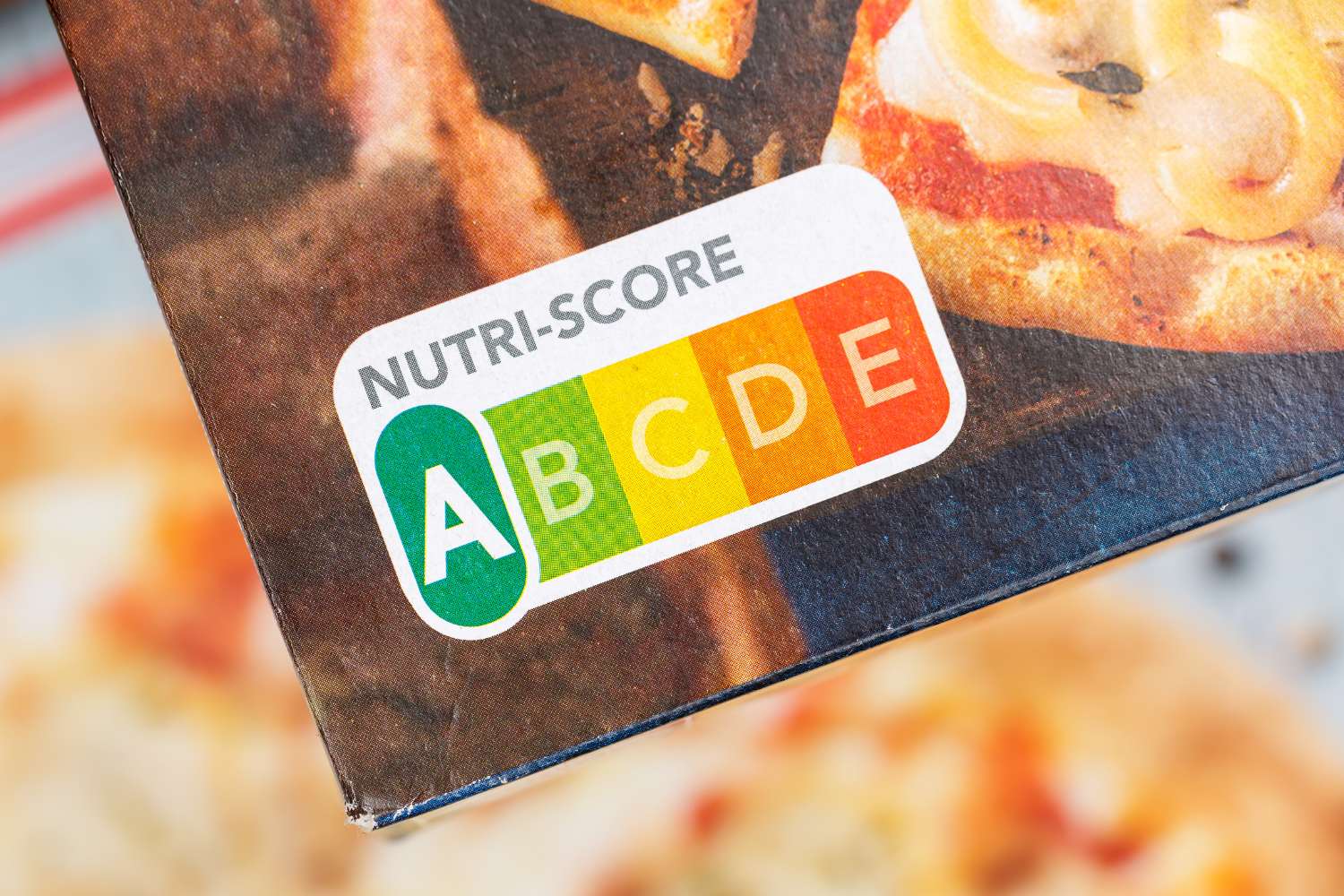Nutri-Score was updated becoming stricter on sugar, fat and salt. Some producers penalized by the change chose to abandon it.

Table of contents
In recent years, there was much talk about Nutri-Score, the color-coded label that promised to make food choices more transparent for consumers. Introduced in France and quickly adopted by several European countries, it seemed on the verge of becoming mandatory across the European Union.
Today, however, the scenario has decidedly changed: with the algorithm update that came into effect last March, Nutri-Score has become stricter – and some producers, instead of adapting, have decided to abandon it.
Since its debut in 2017, Nutri-Score classifies foods into five categories, from dark green A to red E, based on their nutritional profile, with the goal of helping consumers easily compare products and choose the most balanced ones. The algorithm evaluates “positive” nutrients (such as fiber, protein, fruits and vegetables) and “negative” ones (sugars, salt, saturated fats and calories).
Despite participation remaining voluntary, in France more than 60% of products display it on their labels, and its widespread use has pushed many companies to reformulate recipes to achieve a better rating.
The new Nutri-Score
The new Nutri-Score, in effect since March 16, 2025, is the result of two years of work by an independent committee of experts from six European countries. As Professor Hercberg explained:
From the beginning, we knew the algorithm would need to be updated regularly. First, because scientific data is accumulating and providing us with new evidence of the harmful effects of certain foods. Red meat, for example, increases the risk of colorectal cancer, which led the committee to downgrade its rating compared to poultry or fish. We also observe that, over time, the food market is evolving: brands are adapting to obtain a better classification and get closer to A, so we had to refine the calculations to better differentiate products. New updates are planned for the coming years.
Authorities granted producers a 24-month transition period – until 2027 – to update packaging, but the changes are already starting to be felt.
The main changes involve stricter judgments on sugar, salt and saturated fats. Red meat has been downgraded based on new evidence about colorectal cancer risk. Conversely, olive oil, walnut oil and unsalted oily fish have received better scores thanks to “good” fats. Some lower-salt cheeses and fiber-rich whole grain products have also improved.
According to Serge Hercberg, creator of Nutri-Score and professor at the Sorbonne, 30-40% of products have changed category with the new system.
Some companies no longer like it
Not all producers have welcomed the update positively. Some, fearing they would lose their A rating or see their scores worsen, have decided to step back. Among these are Bjorg (which produces cereals and organic products) and Danone, which has removed Nutri-Score from five of its main brands: Actimel, Activia, Danone, Danonino and HiPro.
These are largely, not coincidentally, drinkable yogurts and products with added sugars, now penalized more by the new algorithm.
Brands like Ferrero, Lactalis and Coca-Cola had solved the problem at its root by never adopting Nutri-Score, criticizing the system as “too simplistic” and unable to value nutrients like calcium in dairy products or to consider the presence of additives and the degree of food processing.
A useful but not perfect system
Experts acknowledge that Nutri-Score is not completely comprehensive and precise. It doesn’t indicate, for example, the presence of additives or preservatives, doesn’t account for portions, and doesn’t distinguish ultra-processed foods. This can lead to situations where, as 60 Millions de Consommateurs writes:
A non-ultra-processed product, such as grape juice, is poorly rated due to its high sugar content, while others, low in salt but ultra-processed and containing many additives, such as vegetable sticks, are classified A or B nutritionally.
Despite its limitations, over 150 scientific studies have shown that those who favor foods with higher Nutri-Score ratings have an overall healthier diet and lower risk of obesity, cancer and cardiovascular disease. Moreover, as already mentioned, the presence of the logo has pushed many producers to improve the composition of their products.
In France, Nutri-Score continues to enjoy the support of researchers and public health associations, who call for mandatory implementation and greater visibility in collective catering and on bulk products.
At the European level, however, the dossier is still stalled, partly due to strong opposition from some countries – like Italy – which consider it penalizing for their gastronomic traditions.
Meanwhile, experts are working on new developments: among the proposals, introducing a black band around the logo to indicate the level of food processing, making the system more complete and transparent.
Source: 60 Millions de Consommateurs
